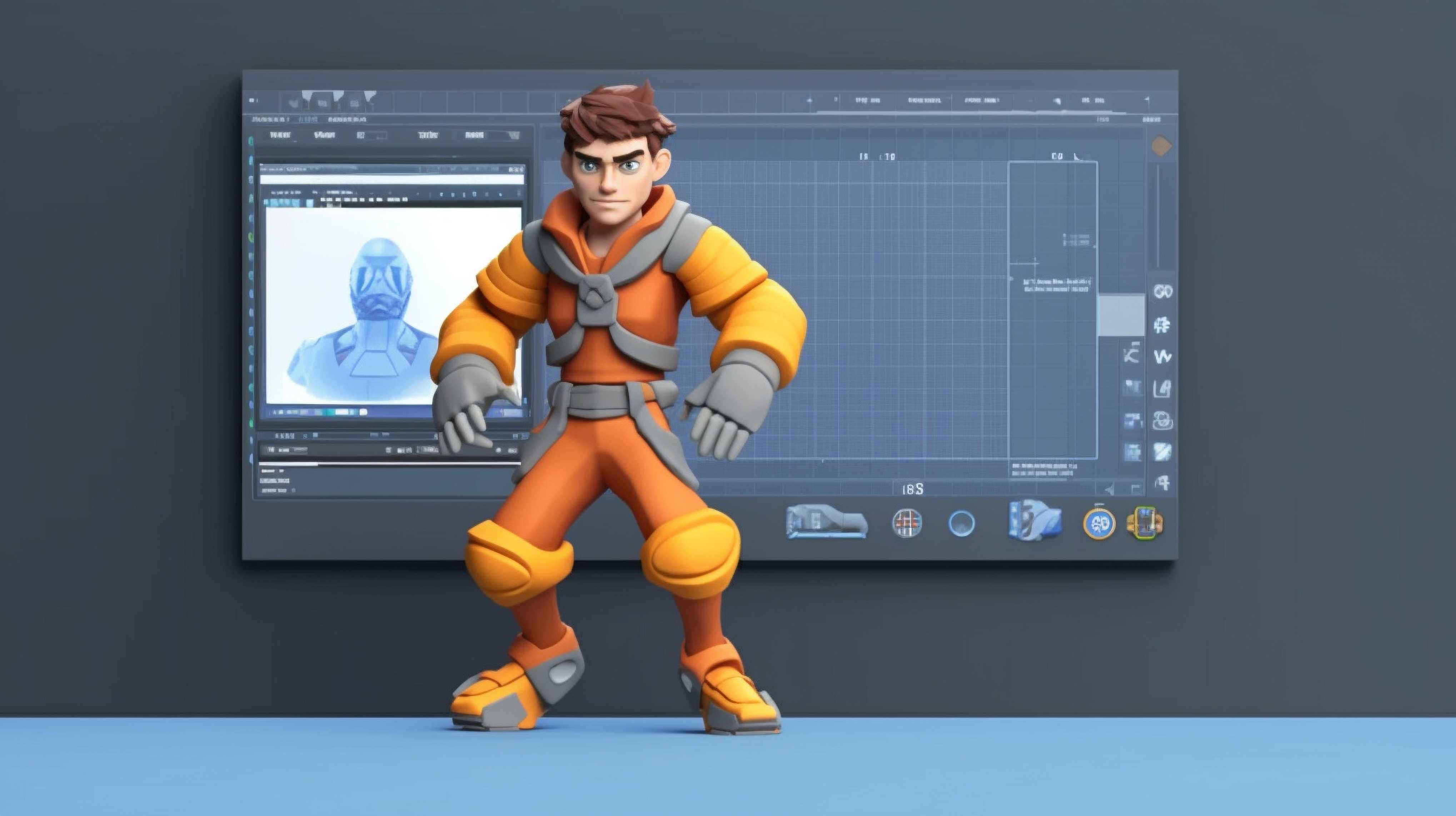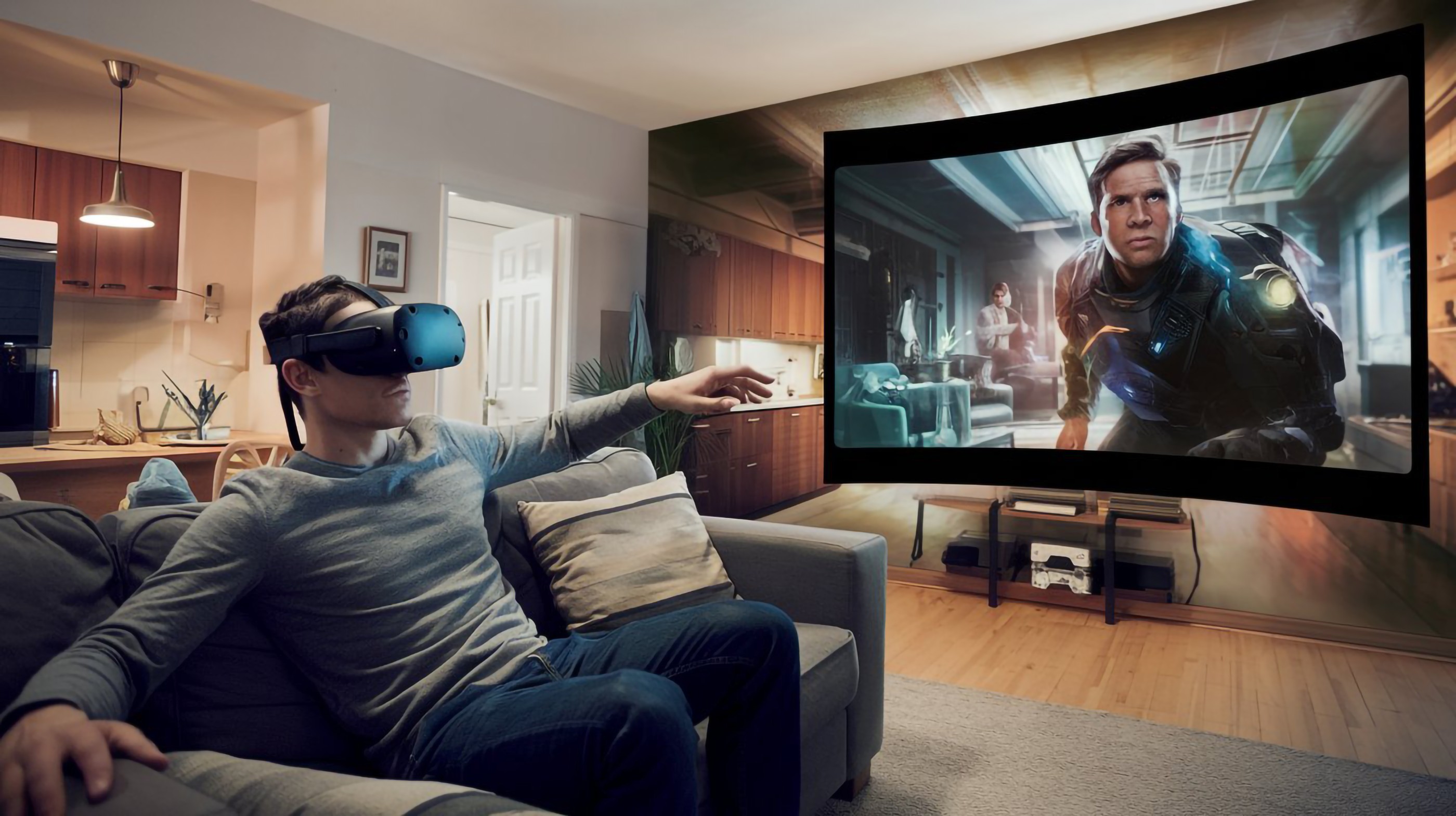When you want to move around, generally you use the left thumbstick. To change perspective, you will employ the right thumbstick. It is this latter capability that adds a sense of depth to video games – it’s called isometric perspective.
There are not many games played on screens that are not 2D anymore. It is possible to create a 3D world with an isometric view which, set at an angle of 45 degrees.
To create this new dimension for the player, game developers employ shading, angles and layers.
It has the potential to be a blockbuster. Moreover, it replaces the classic side-scrolling or top-down 2D perspectives.
But what exactly is isometric gaming?
Isometric gaming refers to a method for creating graphics, which is associated with the sense of depth of character and object instead of a static image.
This results in either 3D sprites or tiles that are standing out above a flat floor filled with a grid. Game devs demonstrate their creativity with isometric views across a wide genre of video games like role-playing, strategy, and action games.
For example: Atom RPG (2018), The Sims (2000), Baldur's Gate (1998), Fallout (1997), Diablo (1996), and Desert Strike (1992).
Things become easier in the game development process. This is because there will be no need for the implementation of a power-consuming 3D environment creation or rendering.
Isometric video games are also easier and cheaper to make. They generate greater profits than before.
Furthermore, these are accessible across a wide range of devices. This even includes smartphones and low-end PCs with low specs.
The panoramic view of world environments brings charm to them. The unique vantage point allows players to view the world from above to appreciate the intricate world building and make better decisions for their character, whether it's solving puzzles, completing quests, or exploring hidden passages.
In this article, we break down this technique and showcase how it delivers engaging results without breaking the bank for the developers.
The Basics of Isometric Perspective
With a linear perspective, things appear smaller as you move away from them, but with the isometric perspective, all axes maintain constant scale and size. This is leveraged to project a three-dimensional object onto a two-dimensional surface without distortion, preserving its proportions and spatial relationships.
This is called Axonometric projection.
This creates a grid-like appearance that developers use to create intricate levels, buildings, and landscapes with ease, which the players can view from a unique perspective.
A History of Isometric Gaming
Isometric gaming began in the 1980s with the creation of games like Zaxxon and Q*bert. SimCity 2000, Command & Conquer, and Diablo pushed the boundaries of perspective throughout the 1990s and 2000s.
Today, games like Stardew Valley, Hades, and Hollow Knight continue to showcase the appeal of isometric views.
1. Creating Depth Through Visual Elements
A fundamental technique involves utilizing lines and angles to establish the isometric grid. Designers create an illusion of spatial relationships by aligning elements along these grid lines and incorporating diagonal lines to suggest depth.
The game designers add qualities such as realism and depth to the scene. To do this, they use techniques like shading and lighting. Moreover, they can create distance and atmospheric perspective with atmospheric effects such as fog or haze.
By arranging objects and elements on different layers and incorporating parallax scrolling, designers can simulate the effect of objects moving at different speeds, adding dynamism to the scene.
2. Designing Isometric Environments
Isometric tilesets and sprites act as the building blocks for an isometric environment. To create a functional isometric view, spatial relationships, visual aesthetics, and gameplay functionality (within the constraints of a two-dimensional grid) have to be considered.
Designers use techniques such as overlapping objects, varying sizes and shapes, and incorporating depth cues to enhance immersion in the game.
These aesthetic features must be in balance with gameplay components like player navigation, sightlines, and interactive elements. This implementation of isometric game mechanics requires specific techniques and the expertise of digital artists.
This involves isometric grid generators, sprite editors, and rendering engines optimized for isometric rendering.
Designers use collision detection algorithms, pathfinding algorithms, and camera systems optimized for isometric perspective to ensure smooth and responsive gameplay.
The performance is maximized and resource consumption is minimized using tools like level-of-detail (LOD) rendering, texture atlasing, and occlusion culling to streamline rendering processes and improve frame rates.
Modern game engines like Unity and Unreal Engine offer development tools to accelerate isometric game development.
Exploring Isometric Worlds
Isometric Gaming delivers a bird’s eye view to the player, which enhances the immersion. Gamers are able to appreciate the intricate details and architectural beauty of the environment more.
They help in making the game look more real, which increases its importance to the player by creating an emotional engagement.
Are you interested in utilizing the isometric view for your own game idea? Here at EDIIIE, we bring you the best services with state-of-the-art technology.
Our designers will ensure your game has an isometric perspective that enhances the gameplay! Book a consultation today!









